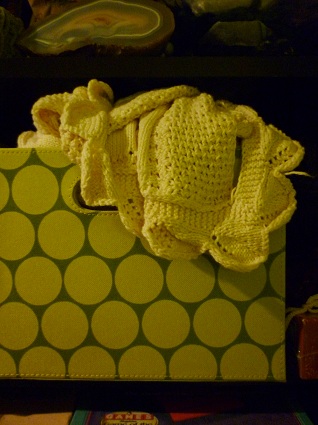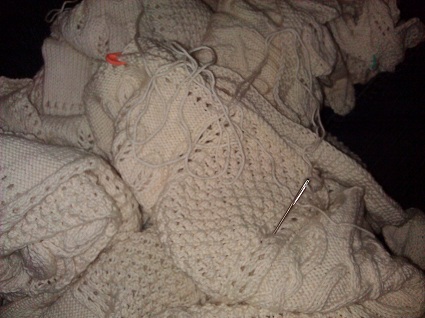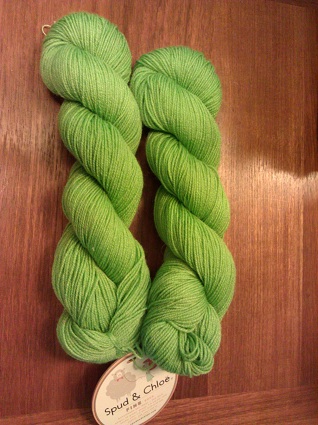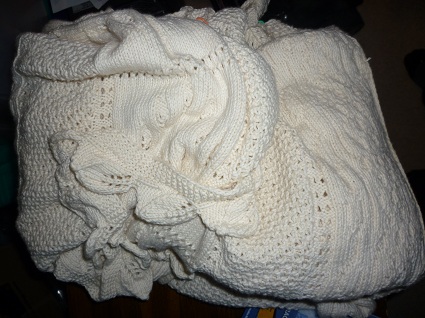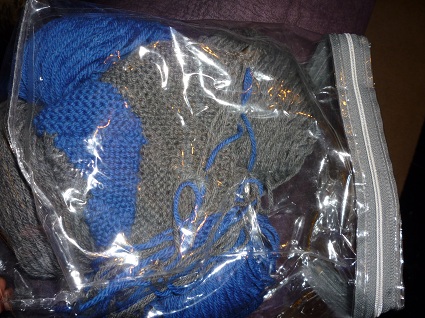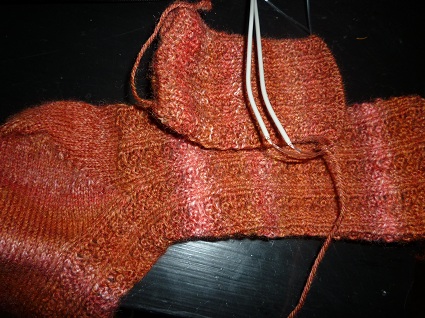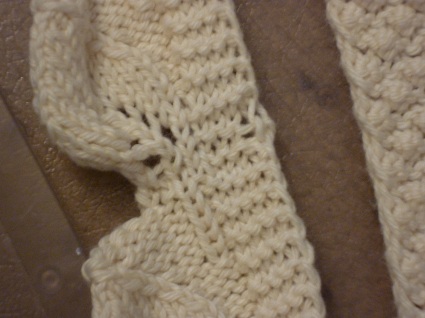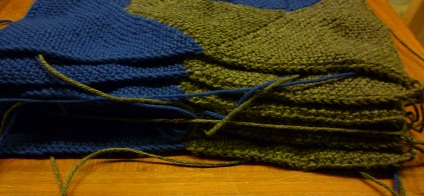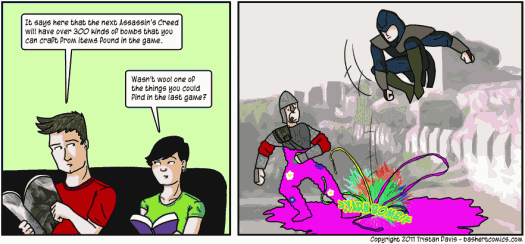So while I was in Vienna, I had the opportunity to see a bunch of history. I’m constantly amazed by how much physical history there is in Europe, compared to, say, Seattle, where our oldest structures are maybe 150 years old…and if they’re that old, they’re probably underground.
However, the really interesting thing to me was the Sisi Museum. Sisi was the nickname of the Empress Elisabeth, who was apparently super ahead of her time when it came to things like exercise, independence, and education. She was so tough, in fact, that when an anarchist attacked her and stabbed her in the chest she didn’t even notice, said she thought he was after her purse or something, and no one knew anything was wrong until she collapsed 20 minutes later. That’s a tough broad. Also, she was gorgeous.
Unfortunately, they didn’t allow pictures in the Sisi Museum, but they did allow it in the Silver Museum, which you go through to get to the Sisi Museum. The Silver Museum is a display of much of the royal “silver” collection, which actually means all of the table stuff for dinners. We’re talking hundreds of forks, plates, serving dishes…the excess was incredible. Both impressive and humbling – I don’t think I’ve ever felt more like a commoner than I did while surrounded by rooms and rooms of silver plates.
They had some really impressive examples of the types of napkin folding that were typical a couple hundred years ago.
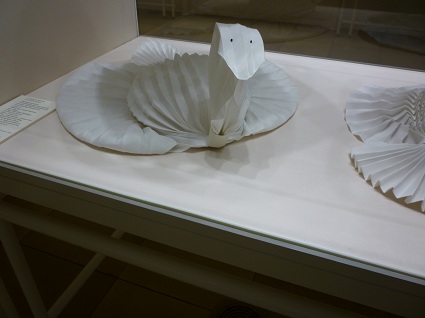
It was apparently a serious form of art at one time, and required napkins of at least a meter square. For all the ruffles, you see.
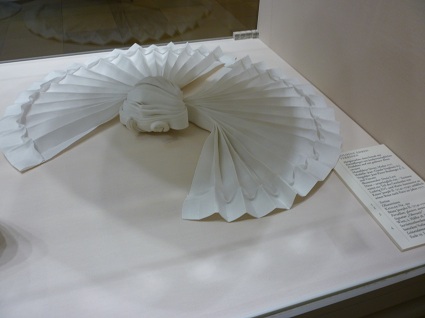
They also developed a special, much more elegant napkin fold for the Austrian royal dinners. For some reason, it always has two different kinds of rolls tucked into it.
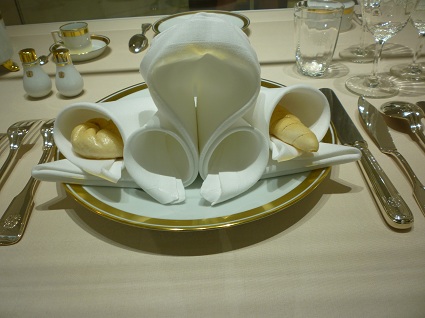
The construction of this napkin fold is apparently a closely guarded secret, known by only two people in existence. I think that makes it even more secret than the formula for Coca Cola, and it makes me really interested in figuring out how to do it myself. I mean, how impressive would that be, to hold a dinner party and be able to casually tell the guests, “Oh, that? That’s the royal Austrian napkin fold. Only three people on Earth know how to fold a napkin like that. Oh, no, I’ve never met the other two…”
Okay, so maybe you’d find that strange rather than impressive. That’s okay too. Everyone is entitled to their opinions…even when they’re wrong….
One other thing I found fascinating – each bit of linen (napkins, table cloths, etc) was embroidered with a crown to indicate it belonged to the royal family. There were a few different examples, all with slightly different interpretations, but my favorite was this one:
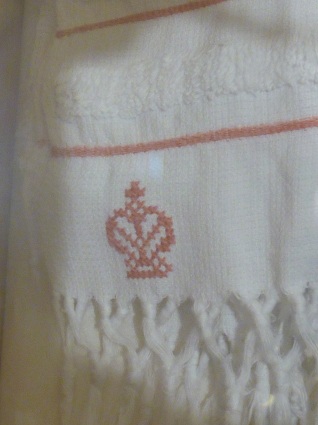
Not only is it something I think I could easily incorporate into both knitting and cross stitch designs, but when I looked closely I actually laughed out loud in the museum (which earned me a few funny looks). I got more funny looks when I pulled out my camera and frantically tried to focus through the glass so I could get a picture clear enough to show you all what, exactly, was so funny. Do you see it?
What if I point it out to you?

There’s just one single extra stitch (or maybe one missing stitch, depending on your interpretation). I’m just tickled thinking of the woman (because, back then, it was always a woman) who embroidered this, finishing her work, tying off the thread, snipping it free, then turning the work around to admire her handiwork, when – suddenly – she sees it.
I’m sure some manner of cursing at least went through her head (if not screamed out loud) before she started rationalizing. “Oh, it’s not that noticeable.” Squint. “Okay, it is a bit noticeable, but only if you’re looking.” Head tilt. “Well, it’s not like anyone will really be looking at this. It’s just one of hundreds of tablecloths, no one will notice this one little stitch being out of place.” Decisive nod, firm smoothing of the cloth, slightly-violent refolding, and she walks away from it, putting it behind her forever.
It’s things like this that make it very, very hard for me to leave mistakes in my knitting. You just never know when your work is going to be put under glass and examined by thousands of people, or which work they’re going to pick to do that with. After all, if people will pay to see forks and tablecloths (and they will), they’ll pay to see anything.

